Nursery – Ladybirds - Nursery
Welcome to Nursery – Ladybirds Class
Hello and welcome to Ladybirds class. Your nursery teachers are Mrs Souter and Mrs Clarke
Scott Primary Nursery offers the highest level of pre-school child care and education for children aged three and four years. We aim to ensure that every child is given an exciting and secure environment in which to play and learn. Children will develop their curiosity through creative work, songs, stories and interactions with others.
Our Nursery introduces children to the school environment in a nurturing and fun way, supporting children to develop and learn to their full potential in a well-resourced, stimulating environment that enables children to create, investigate and discover. We use the children’s own interests to plan a variety of topic based activities, developing their learning and development in all areas of learning.
Children can join the Scott Primary Nursery the term after their third birthday. We currently have 54 places and three Nursery classes, Caterpillars, Ladybirds and Butterflies. Miss Ross, our Nursery Manager oversees the running of all three classes and is supported by a highly skilled staff team
Children are able to attend the Nursery part time or full time. The government funds five sessions per week for your child and these can be used for the morning sessions. You may also be eligible to apply for the 30hrs funding 30 hours free childcare – GOV.UK (www.gov.uk) and these additional hours can be used for the lunch and afternoon sessions we offer. Additional session can also be paid for.
We encourage you to come and see the Nursery for yourself, you truly will be blown away with the indoor and outdoor facilities we offer. Visits can be arranged through the school office.
We look forward to hearing from you soon.
Facts about Nursery – Ladybirds
There are about 5,000 different species of ladybirds in the world. In its year-long life, a single seven-spot ladybird can gobble more than 5000 aphids! The number of spots on a ladybird indicates what species it belongs to, not, as commonly believed, how old it is. Ladybirds can be yellow, orange, brown or red with black, white or red spots.
EYFS Documents
Our classroom
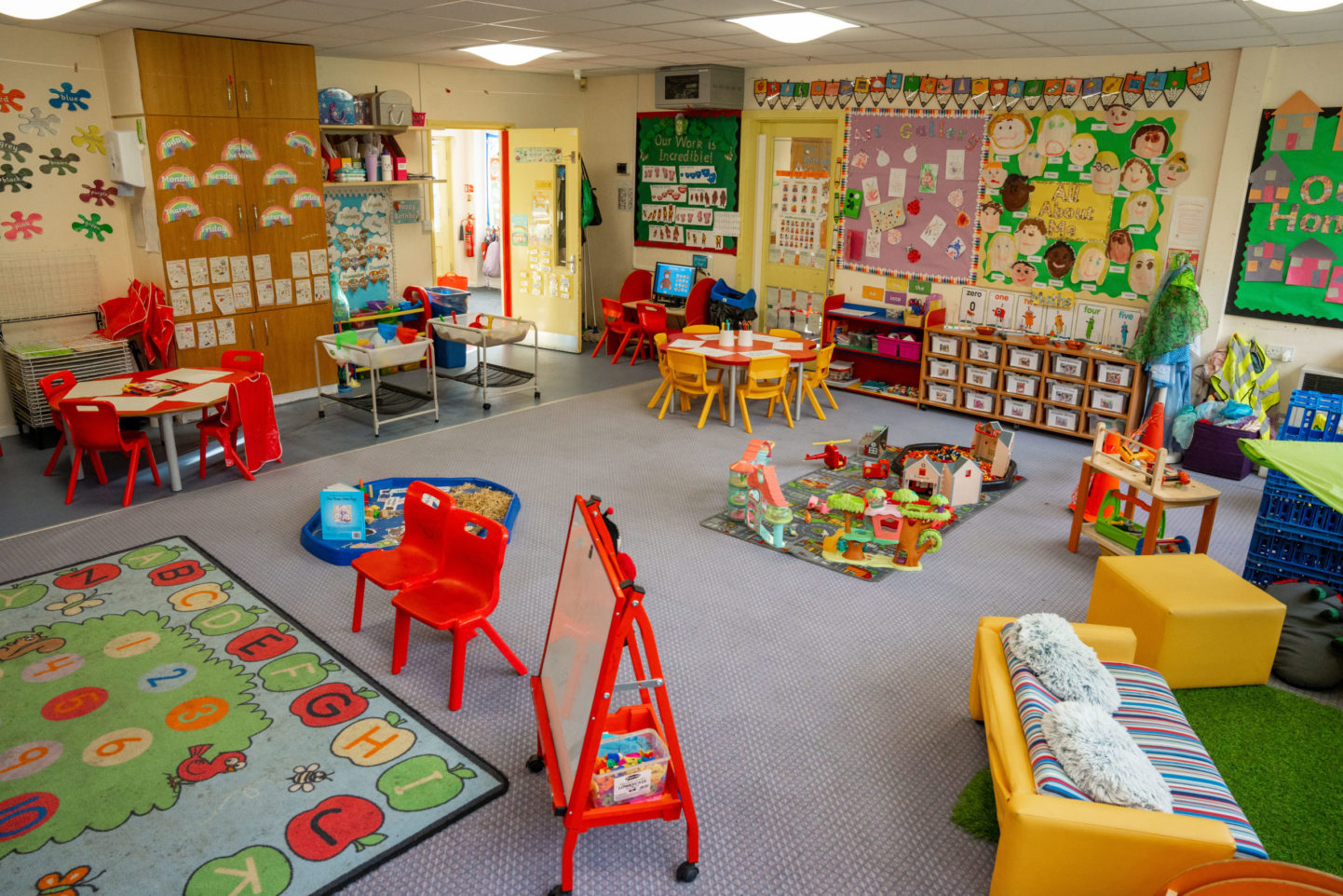
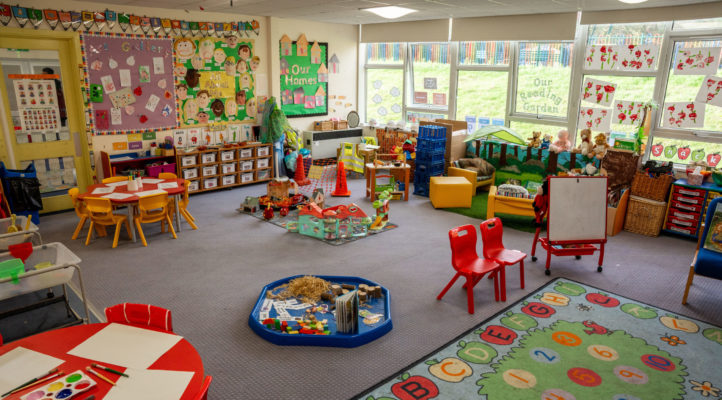
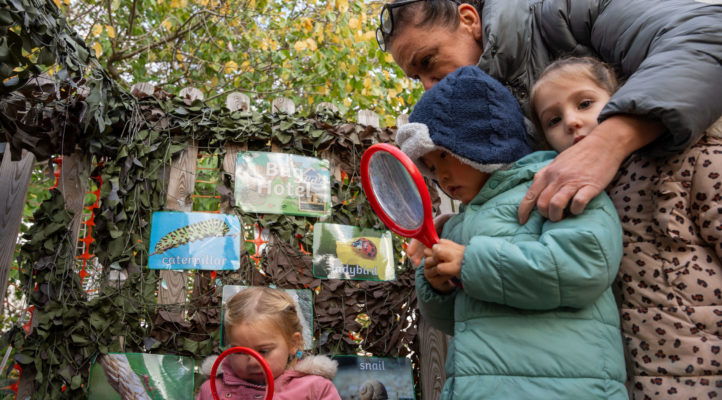
Nursery – Ladybirds Staff
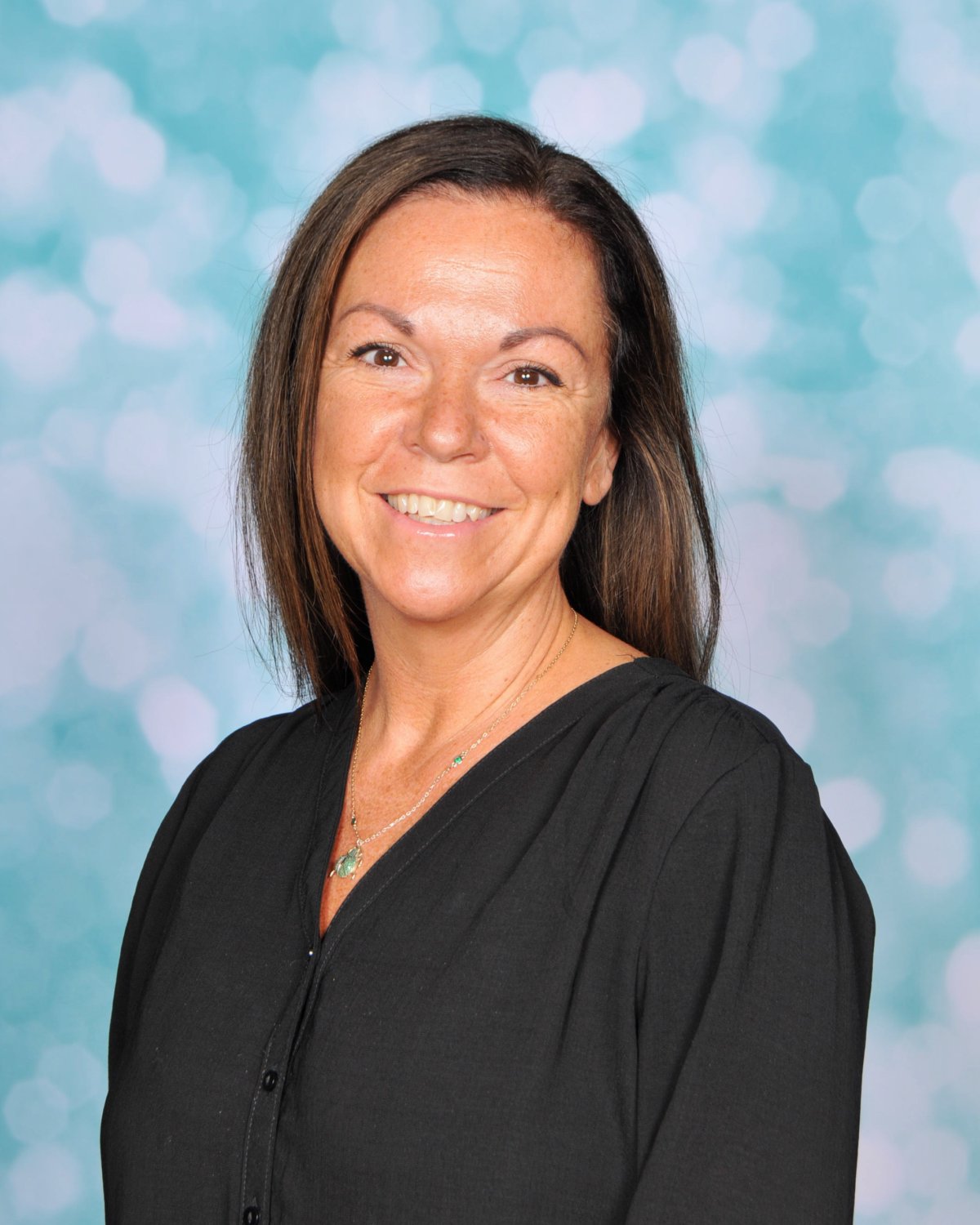
Mrs Souter
Nursery Assistant

Mrs Clarke
Nursery Assistant
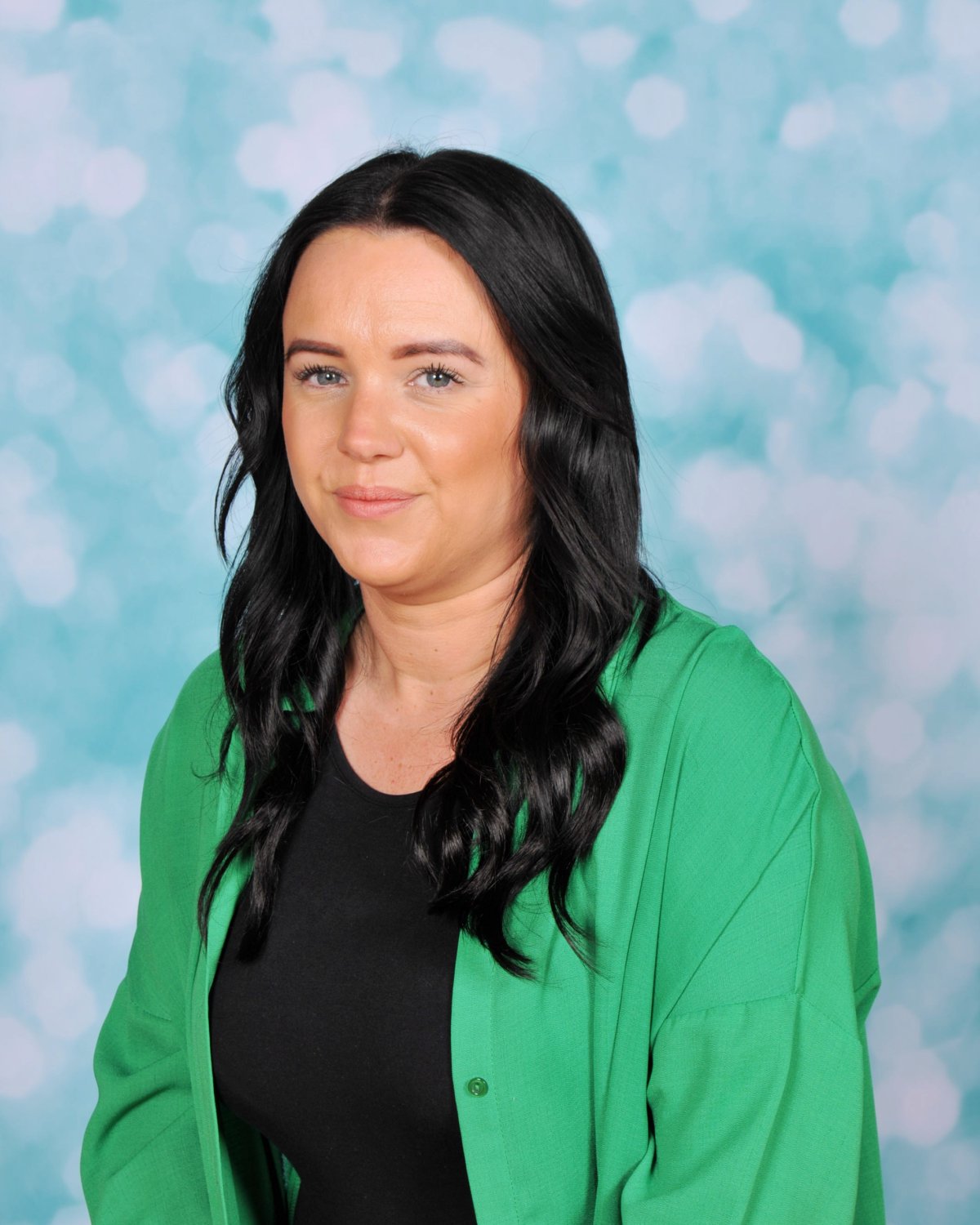
Miss Ross
Nursery Manager & Assistant to the SENDCo
